Mozambique: Cabo Delgado ruby mine plans triple processing with $70M investment
Mozambique’s power export earnings drop 34% YoY in Q1 on water shortage
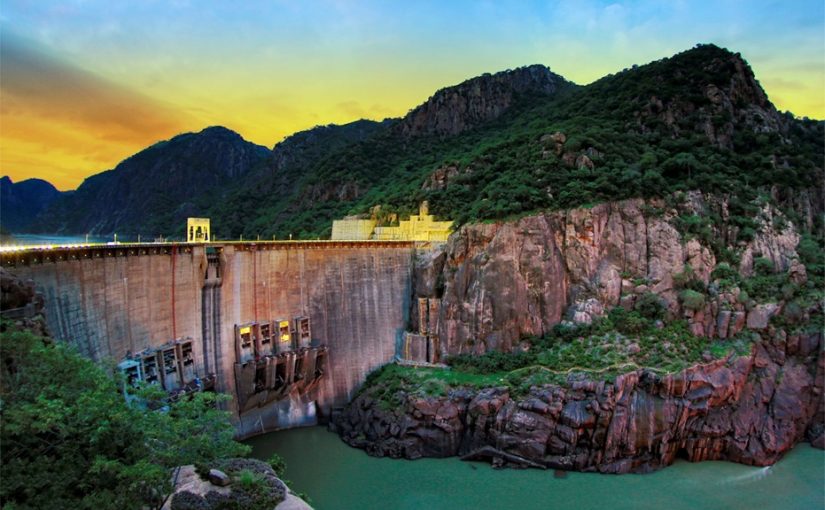
FILE - For illustration purposes only. [File photo: HCB]
Mozambique’s electricity export revenue fell by 34% through March, to US$104.3 million, due to a lack of water in the Zambezi basin, according to official data.
According to information from the central bank, which includes statistical data on Mozambican exports in the first quarter, this figure compares with US$158.6 million recorded during the same period in 2024.
“The drop in revenue from this product was due to the interruption in energy supply, caused by water restrictions in the Zambezi River, as well as maintenance work carried out at one of the main suppliers,” states a Bank of Mozambique document, referring to the Cahora Bassa Hydroelectric Plant — one of the largest dams in Africa, which accounts for nearly 80% of Mozambique’s electricity production.
Lusa reported in May that electricity production in Mozambique is expected to fall by 1.3% in 2025 due to ongoing maintenance work at HCB.
According to official government estimates for 2025, “a decrease in electricity production of approximately 1.3% is expected, influenced by the need for generator maintenance and the reduction in the hydrological cycle” at HCB, which “represents approximately 78.7% of the production and export structure.”
Mozambique is therefore expected to produce 19,197.8 gigawatt-hours (GWh) of electricity this year, with 15,504.4 GWh provided by HCB in Tete province, in the centre of the country. This represents a 4.1% decrease compared to 2024 and marks the lowest annual production in four years.
On a broader scale, electricity production from hydroelectric sources in Mozambique — including Cahora Bassa — is projected to decline by 4.1% in 2025. In contrast, electricity generated by thermal power plants is expected to increase by 17.6%, with nearly half of that output coming from the natural gas-fired Central Térmica de Ressano Garcia (CTRG), which is forecast to produce 1,196.3 GWh in 2025 — a 7.4% increase over 2024.
Production from solar farms in Mozambique is expected to fall by 5.8%, to 95.5 GWh in 2025, according to the same report.
HCB is a private limited company, 85% owned by the state-run Companhia Elétrica do Zambeze, and 7.5% by the Portuguese company Redes Energéticas Nacionais (REN). The company holds 3.5% of its own shares, while the remaining 4% is held by Mozambican citizens, businesses, and institutions.
The Cahora Bassa reservoir is the fourth-largest in Africa, with a maximum length of 270 kilometres and a width of 30 kilometres. It covers an area of 2,700 square kilometres and has an average depth of 26 metres. The facility employs nearly 800 workers and is one of the largest electricity producers in southern Africa, supplying power to neighbouring countries.
The dam is located in a narrow gorge along the Zambezi River. Construction took place between 1969 and June 1, 1974, during the Portuguese colonial period, followed by the filling of the reservoir. Commercial operations began in 1977 with the transmission of the first 960 megawatts (MW), generated by three turbines — compared to the current installed capacity of 2,075 MW.
HCB is already planning to revive a project for a new power plant – the northern power plant – in response to growing electricity demand in the region.
READ: Mozambique: HCB seeks partners for its northern power plant and solar power plant


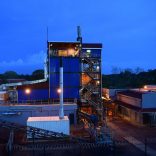


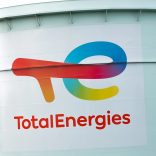
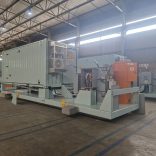
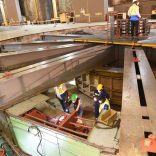




Leave a Reply
Be the First to Comment!
You must be logged in to post a comment.
You must be logged in to post a comment.